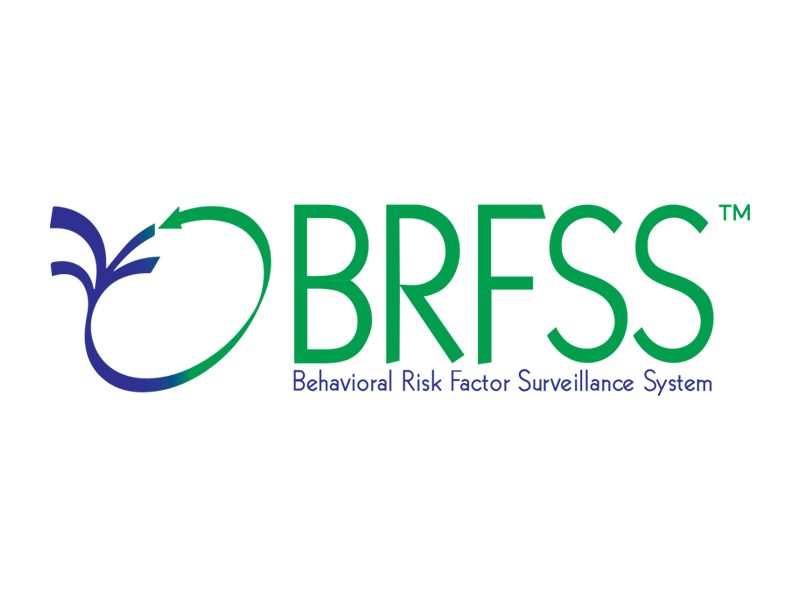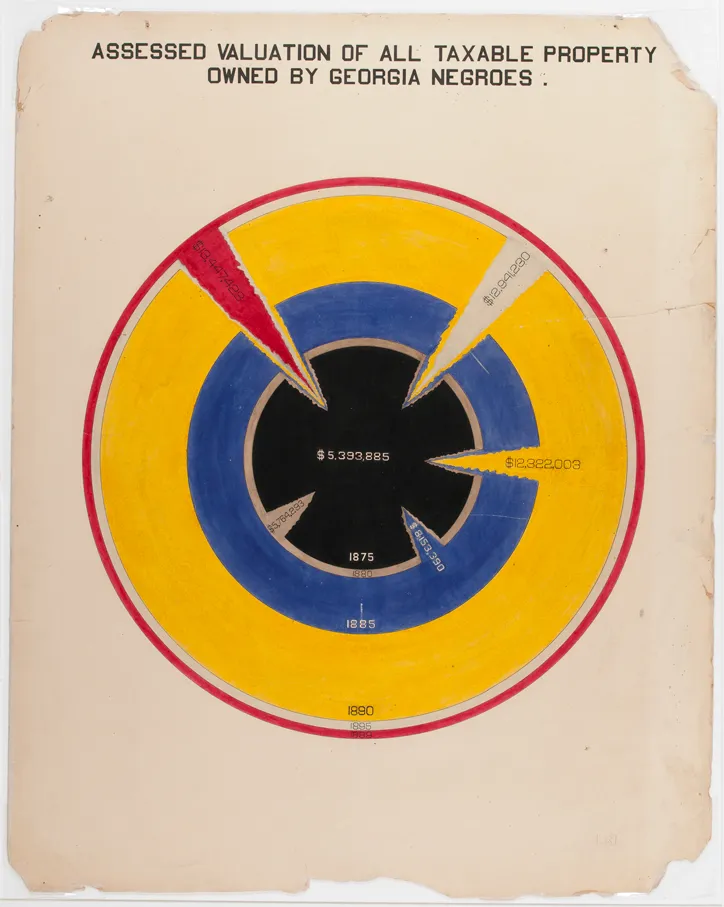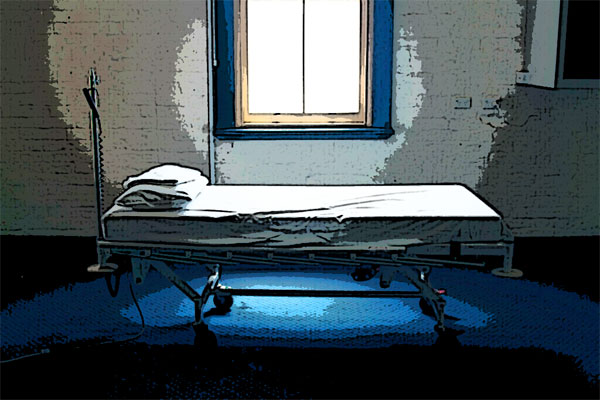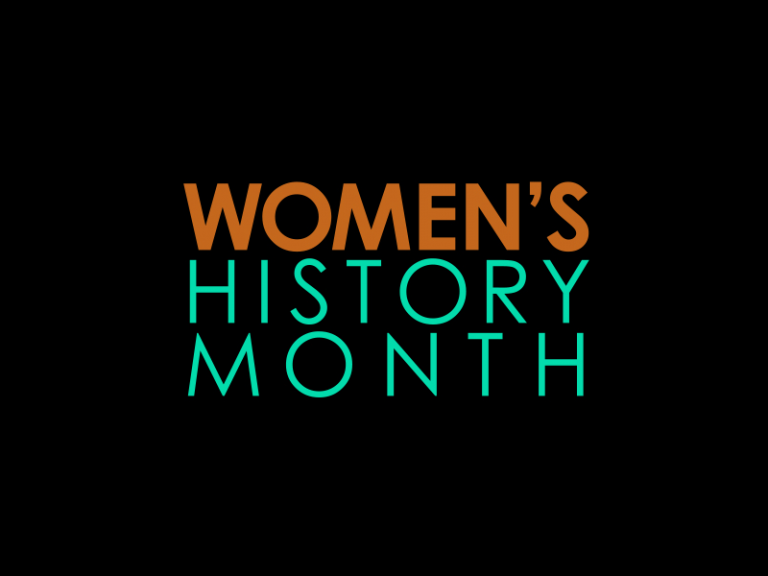BRFSS Demystified
If you’ve existed in the health space for any period of time, you’ve probably heard of BRFSS data, but what is it, really?
The Behavioral Risk Factor Surveillance System, or lovingly referred to as BRFSS (burr-fiss), is one of the most trusted sources of self-selected health data surveys, and has been for more than 30 years. The main goal of BRFSS is to collect uniform state-specific data on health risk behaviors, chronic diseases and conditions, access to health care, and use of preventive health services related to the leading causes of death and disability in the United States. Data is collected each year via phone survey for every state, including the District of Columbia, Guam, and Puerto Rico.

BRFSS data has acted as a foundation for changes in how we address the leading causes of morbidity and mortality, from policy tackling binge drinkng and Adverse Childhood Experiences, to exploring the occupational injury and illnesses of janitors. But the best part about BRFSS data? The ability to get hyperlocal on the issues impacting your community. When we look at things from a county-level perspective, we get some idea of the severity of issues the community is facing, but we don’t get to truly look at the role zip code plays into someone’s health outcomes.
Take health outcomes in the city of Richmond, Virginia for example. When we use BRFSS data to explore poor mental health prevalence among adults over age 18 by county, we get a pretty broad picture of mental health. However, when that data is targeted to explore mental health at the census tract level, we can see that in south Richmond, residents are experiencing higher rates of poor mental health (20.7%) than their counterparts across the James River (12.7%). The same can be said when we are using BRFSS data to explore poor physical health by tract – south Richmond fairs much worse (19.5%) than the northern community (7.5%). See Figure 1 below.

Access to data like this often requires payment, but with BRFSS data being used for massive projects like the CDC’s PLACES Project, changemakers gain access to local health data for 72,337 of 73,057 census tracts – or 99%. With BRFSS data, changemakers can dig into the disparities that can – and do – often exist within the same county.
Get started in the SparkMap Map Room today, explore the BRFSS data, and ignite change in your community.







